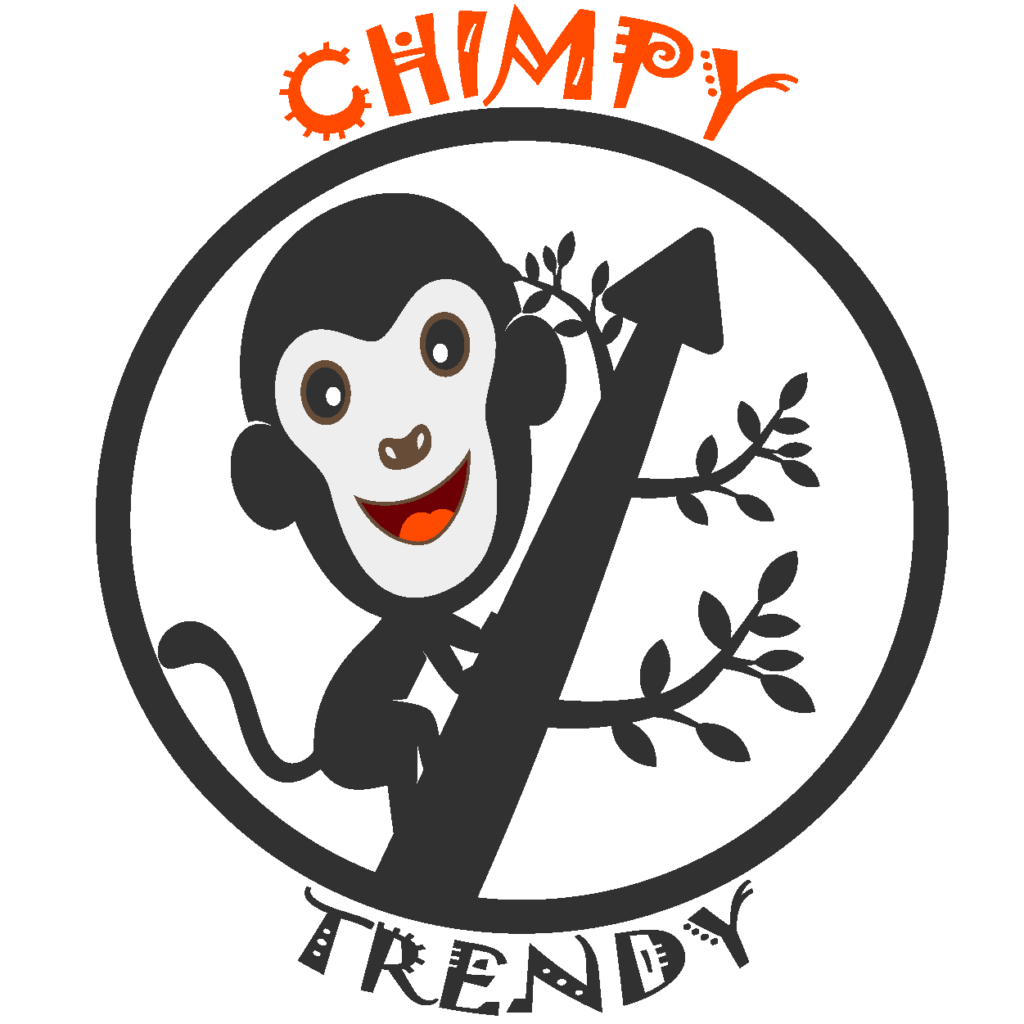Uncategorized
Essential Grooming Tips for Long-Haired Dogs
Long-haired dogs are known for their beautiful coats, but keeping them well-groomed requires some extra care and attention. Regular grooming not only keeps your dog looking their best but also helps maintain their overall health and prevents matting and discomfort. In this article, we will provide essential grooming tips for long-haired dogs, addressing common questions and providing helpful guidance to ensure your furry friend’s coat remains in optimal condition.
How do you groom a long-haired dog?
Grooming a long-haired dog involves several key steps to maintain their coat’s health and appearance:
a. Brushing: Regular brushing is essential to prevent matting and tangling of the fur. Use a slicker brush or a wide-toothed comb to gently remove tangles and loose hair. Start from the dog’s head and work your way down, paying attention to areas prone to matting, such as behind the ears and under the armpits.
b. Bathing: Bathe your long-haired dog as needed, typically every 4-6 weeks. Use a mild, dog-specific shampoo and thoroughly rinse to avoid any residue. Take care not to wet the dog’s face and ears excessively, as this can cause discomfort and increase the risk of infections.
c. Drying: After bathing, use a towel to gently dry your dog, removing excess moisture. If your dog tolerates it, you can also use a blow dryer on a low heat setting to speed up the drying process. Ensure the coat is completely dry to prevent matting and skin issues.
d. Coat Trimming: Regular trimming can help maintain the length and shape of your long-haired dog’s coat. Consider professional grooming services or learn basic trimming techniques if you prefer to do it yourself. Trimming can help prevent the coat from becoming too long and unmanageable.
How often should a long-haired dog be groomed?
The frequency of grooming for long-haired dogs depends on several factors, including the dog’s breed, coat type, and activity level. However, a general guideline is to groom your long-haired dog at least once a week. More frequent grooming may be necessary if your dog has a tendency to develop mats or if they spend a lot of time outdoors.
What are the 7 steps of grooming a dog?
Grooming a dog involves a series of steps to ensure thorough care and maintenance. The following are the seven essential steps of grooming a dog:
a. Brushing: Start by brushing the dog’s coat to remove tangles and loose hair.
b. Ear Cleaning: Gently clean the dog’s ears using a dog-specific ear cleaning solution and cotton balls. Be cautious not to insert anything deep into the ear canal.
c. Teeth Brushing: Regularly brush your dog’s teeth using a dog-friendly toothbrush and toothpaste to promote good oral hygiene.
d. Nail Trimming: Trim your dog’s nails carefully, avoiding the quick. If you’re unsure or uncomfortable doing it yourself, consider seeking professional help.
e. Bathing: Use a dog-specific shampoo to bathe your dog, ensuring thorough rinsing.
f. Drying: Towel dry your dog or use a blow dryer on a low heat setting to dry their coat.
g. Final Touches: After the coat is dry, brush again and give your dog a final check, looking for any mats, ticks, or other issues that may require attention.
Should you trim long-haired dogs?
Trimming long-haired dogs can help maintain a manageable coat length and prevent matting. However, the extent of trimming depends on the specific breed and your preferences. Some long-haired dogs require more regular and extensive trimming, while others may only need minimal trimming around certain areas, such as the paws and sanitary areas. Consult a professional groomer or research breed-specific grooming guidelines to determine the appropriate trimming needs for your long-haired dog.
Should you trim hair over dogs’ eyes?
Trimming the hair over a long-haired dog’s eyes is a matter of personal preference and practicality. Some dog owners prefer to trim the hair to improve their dog’s vision and prevent it from obstructing their eyes. However, care must be taken not to accidentally injure the dog’s eyes while trimming. If you’re unsure or uncomfortable doing it yourself, it’s best to consult a professional groomer to safely trim the hair around your dog’s eyes.
Conclusion
Grooming long-haired dogs requires regular care and attention to maintain their beautiful coats and overall health. By following essential grooming tips such as regular brushing, appropriate bathing, and periodic trimming, you can ensure your long-haired dog stays comfortable, mat-free, and looking their best. Remember, for high-quality pet products to support your dog’s grooming needs, explore the offerings at ChimpyTrendy. With proper grooming, your long-haired dog will continue to radiate their natural beauty and charm.


